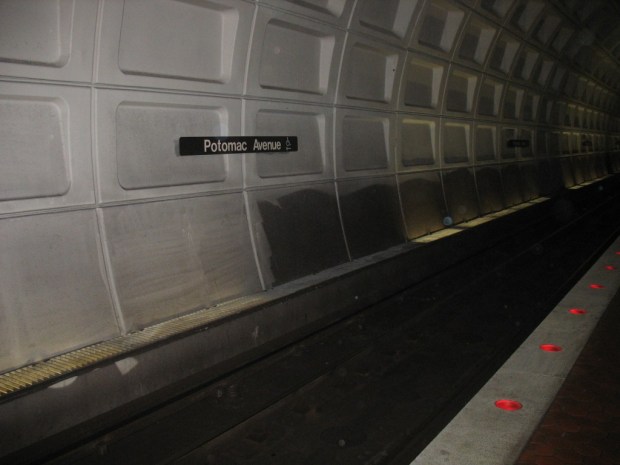
Photo from InspirationDC on Flickr.
Well, it’s official. The winter of 2009-10 is now the snowiest winter on record in DC, eclipsing the snow season of 1898-99 That’s saying something, since DC’s current official weather station is at National Airport, which has abnormal weather conditions compared to the rest of the District, thanks to being surrounded by water on all sides and at low elevation. That 1898-99 record wasn’t taken at DCA of course, since the airport then was nothing but Potomac River mud flats. Hell, heavier than air human aviation wasn’t even around yet.
So, we’ve got a lot of snow. Now we have to deal with it.
While grades for this current snowfall are obviously yet to be determined, DC did an excellent job for the first round back in December. The response to round two this past weekend was also, all things considered, quite effective.
I bring this up because I hear a lot of complaints about snow removal, and almost all of them strike me as a product of unrealistic expectations and a lack of experience dealing with snow.
Snow doesn’t magically disappear. Having grown up and lived in several cities in the Midwest frostbelt, I’ve dealt with plenty of snow. It seems to me that many DC residents equate snow plowing with making the snow disappear – this simply isn’t the case. Plowing moves snow around. In the Midwest, you get used to this – snow sticks around, and you learn to deal with it. Snow Emergency routes will get plowed down to the pavement, but most residential streets will have snow on them until winter ends – this is considered ‘plowed’ because those streets are more than passable.
Still, snow takes up a lot of space – even Minneapolis has run out of places to put it this winter, forcing them to implement permanent one-side parking restrictions as the ever-growing snowbanks are encroaching on street space.
Shoveling is your responsibility. Plenty of DC bloggers have noted this (as is the case in just about every snow city in the US), but the responsibility for sidewalk snow removal falls on residents/tenants/occupants/owners.
“It shall be the duty of every person, partnership, corporation, joint-stock company, or syndicate in charge or control of any building or lot of land within the fire limits of the District of Columbia, fronting or abutting on a paved sidewalk, whether as owner, tenant, occupant, lessee, or otherwise, within the first 8 hours of daylight after the ceasing to fall of any snow or sleet, to remove and clear away, or cause to be removed and cleared away, such snow or sleet from so much of said sidewalk as is in front of or abuts on said building or lot of land.” (D.C. Code § 9-601)
There are good reasons for this – the city is struggling to deal with the current snowfall – adding miles and miles of sidewalks to their duty list would make the task impossible. There’s absolutely no way such removal could be handled in a timely fashion. It’s your civic duty, it’s good public policy, and (when people are engaged with the snow culture), it works far better than any other option.
Perspective matters. Other cities might be better at dealing with snow, and they might have a stronger snow culture to deal with shoveling and whatnot – but let’s not forget that this particular snowfall is exceptional. These kinds of storms, dumping several feet of snow on an area, will cripple even the best-prepared cities. As noted above, this is the most snow DC’s ever had on record. Sure, it’s a ballpark total similar to the average snowfall in Minneapolis, but the snow in Minnesota comes in small increments that are much easier to deal with than the huge storms we’ve seen.
All of that record snowfall has basically come in three storms. Even the best prepared snow cities will be slowed down significantly by storms of that magnitude, especially when they hit back-to-back.

































